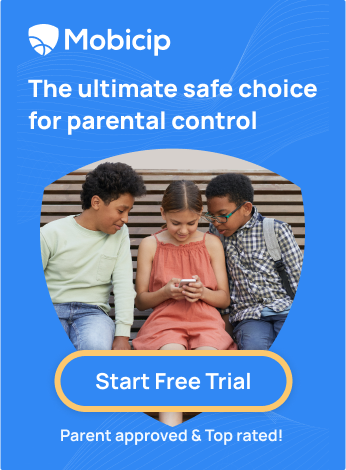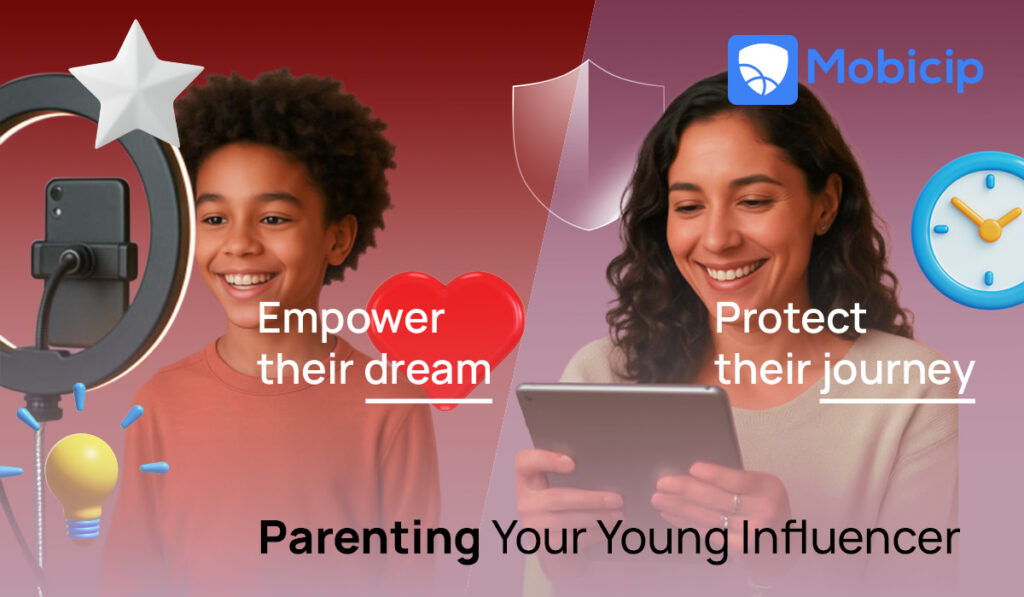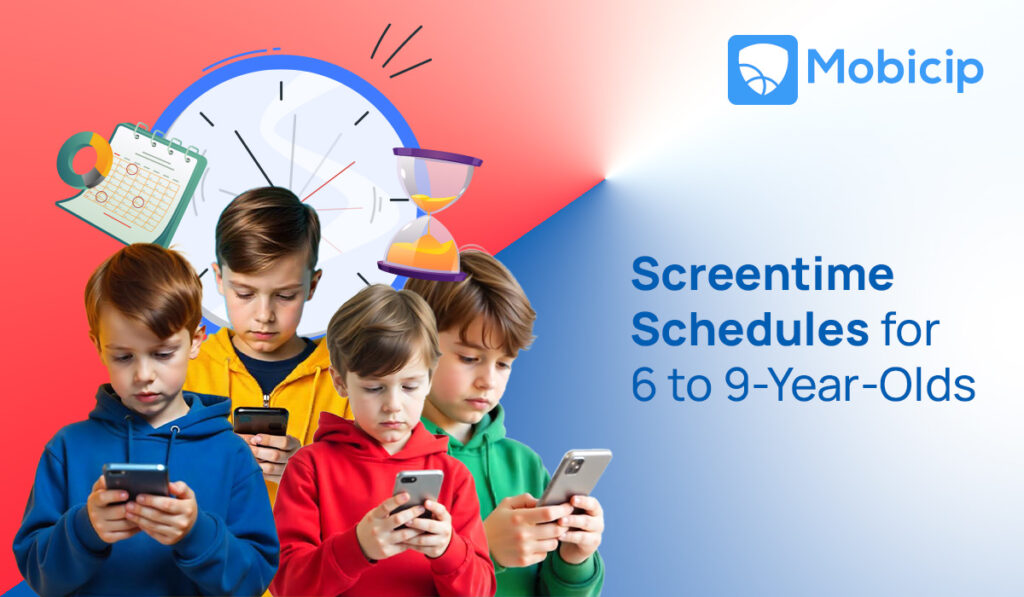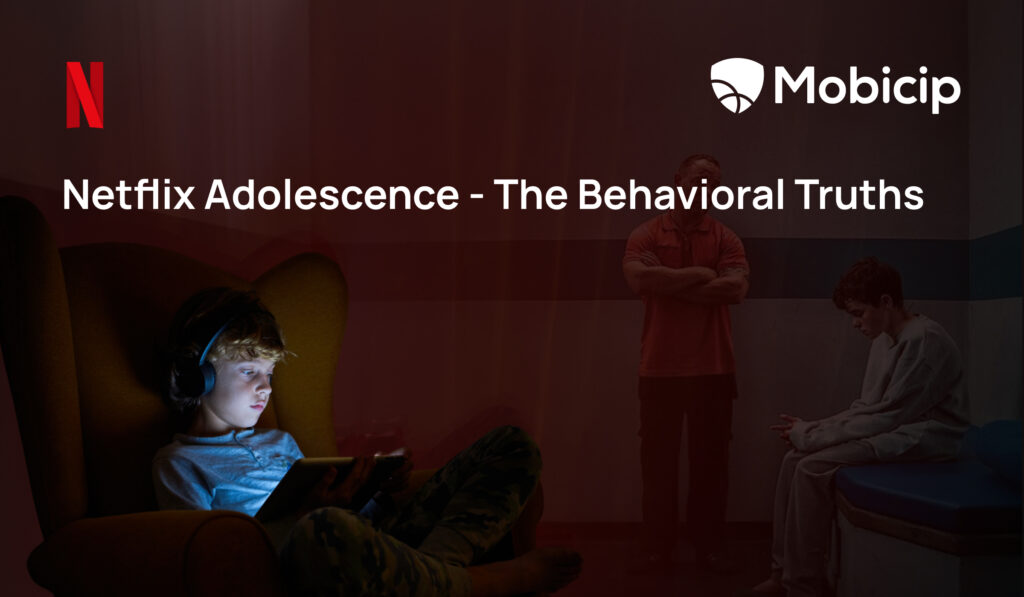The Dangers of Sharenting
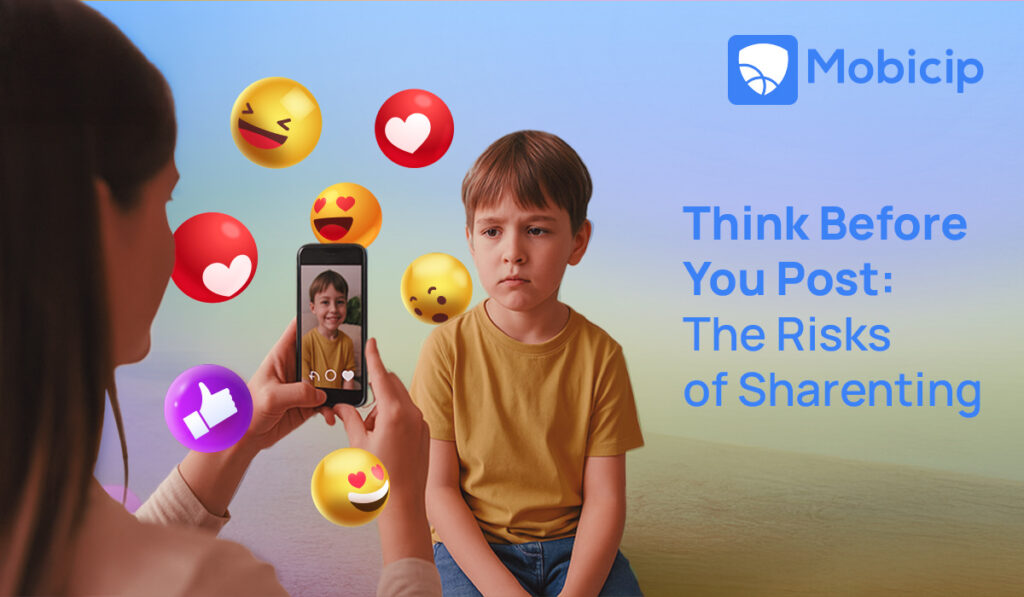
Sharenting—a blend of the words “sharing” and “parenting”—refers to the growing practice of parents posting photos, videos, and other personal information about their children on social media. These are shared with the best of intentions: to celebrate milestones, connect with loved ones, or simply preserve memories.
But just how common is sharenting? According to a 2021 survey by Security.org, 77% of U.S. parents reported sharing stories, images, or videos of their children online. And it’s not just about cute pictures. Recent research shows that certain factors make parents more likely to share—like spending more time on social media, having a larger online following, using permissive parenting styles, being confident in their parenting choices, and even experiencing FOMO (Fear of Missing Out).
While sharenting is usually rooted in love and pride, it can have unintended consequences. Oversharing can compromise a child’s privacy and safety, affect their mental health and social relationships, and even shape their digital footprint in ways that impact their future. It can also strain the parent-child relationship over time.
In this article, we’ll take a closer look at what sharenting involves, why it’s important for parents to be aware of its downsides, and how to take proactive steps to avoid potential harm. We’ll also explore how Mobicip can support families in navigating the digital landscape safely.
What Is Sharenting?
Sharenting—when parents share pictures, videos, or stories about their kids on social media—has become a modern parenting ritual. From posting baby bump selfies and ultrasound scans to capturing toddler tantrums or sharing school achievements, it’s now common for children to have a digital footprint before they’ve even taken their first steps.
And it starts early. Really early. Studies show that in the U.S., 92% of children have an online presence by the age of two, and 34% of parents post ultrasound photos before birth (source). That means many kids are “born” online—sometimes even before they’re born in real life.
Most of the time, parents simply want to celebrate milestones, stay connected with friends and family, or just find a little joy in those everyday parenting wins. But here’s the thing: while kids may be the stars of these posts, they usually have no say in what’s shared. And that’s where it gets tricky. Sharenting creates a permanent digital footprint—one that children didn’t choose and can’t easily erase later.
Why Parents Sharent: The Psychology Behind It
At the heart of sharenting is a very human need—the desire to feel connected, supported, and seen. Posting allows parents to express joy, pride, frustration, or stress—and receive comfort or validation from others.
- Social media acts like a digital scrapbook, helping parents remember and revisit important milestones.
- Sharing routines or activities helps parents feel part of a wider community and often leads to useful exchanges of ideas.
- For many, especially stay-at-home parents, social media offers recognition, confidence, and a sense of purpose.
- Sharenting can be a form of creative expression, whether through photography, writing, or storytelling.
- Some parents hope their experiences might help or inspire others on their parenting journey.
Social validation also plays a key role. Likes, comments, and shares can create a feedback loop that subtly encourages more posting—sometimes even oversharing. With the rise of parent influencers and monetized content, the pressure to stay visible can further blur the line between private and public life.
The Hidden Dangers of Sharenting
While sharenting often comes from a place of love, connection, or creativity, there’s a darker side to it. When we post about our children online—whether it’s a silly moment, a proud milestone, or a family holiday—we may be unintentionally exposing them to risks that they can’t yet understand, and often without their consent. As parents, are we sharing to celebrate our child? Or are we creating a permanent digital profile they never asked for?
Violation of a Child’s Privacy
Children, especially young ones, cannot give informed consent to what is shared about them online. What might seem like a harmless post—a cute photo at school, a birthday celebration, or even a name on a uniform—can unintentionally reveal sensitive details like full names, locations, or routines.
Even more concerning, these shared moments may feel intrusive or embarrassing as the child grows older. Every child, like every adult, deserves autonomy over their image. Whether it’s refusing to wear a certain outfit or not wanting to be seen holding a grandparent’s hand, kids have big feelings about how they’re perceived. When we post without their input, we risk crossing emotional boundaries they may not yet have the words to articulate.
Sharenting can also rewrite how children remember their experiences. If we constantly document and share instead of being fully present, we may shape their memories more through our social media feeds than through their own lived experience.
Impact on Mental Health and Self-Image
Beyond privacy, sharenting can influence a child’s mental and emotional development. When kids are regularly featured online, they may begin to feel like they’re performing for an invisible audience.
Over time, this can:
- Undermine their self-esteem if the shared content is embarrassing, unflattering, or overly curated.
- Lead to anxiety about how they’re perceived, especially as they begin using social media themselves.
- Cause confusion about their identity, as their sense of self may be shaped by what’s posted about them.
Research increasingly shows that this kind of exposure can impact a child’s confidence, autonomy, and emotional wellbeing well into adolescence.
Risk of Identity Theft and Digital Kidnapping
Every photo, caption, or birthday shoutout shared online becomes part of a child’s digital identity—one that can be exploited. Studies show that by age five, many children have nearly 1,000 photos of themselves online.
When posts include names, dates of birth, or locations, they create a rich dataset that cybercriminals can use for:
- Identity theft, by combining this data with other leaked information (like Social Security numbers) from the dark web.
- Digital kidnapping, where strangers steal a child’s photos and pose as their parents online—sometimes for disturbing or exploitative purposes.
Because these threats evolve with technology, they’re often hard to detect or prevent—making parental awareness more crucial than ever.
Legal and Ethical Concerns of Sharenting
In many countries, there are few clear laws protecting a child’s digital rights, leaving it up to parents to make responsible decisions. However, legal and ethical concerns are growing.
The UN Convention on the Rights of the Child (UNCRC) upholds a child’s right to privacy and protection from exploitation. Some nations, like France, have begun crafting legislation that gives children the right to request the removal of content posted by their parents.
Ethically, sharenting raises critical questions. Do children have the right to curate their own digital identity? What happens when that right is taken away before they can even speak?
In the U.S., high-profile cases like Spencer Elden—the baby on Nirvana’s Nevermind album—show how early exposure can have lifelong repercussions.
Strained Parent-Child Relationships
One of the most overlooked consequences of sharenting is how it can affect trust between parents and children. As kids grow older, many begin to resent the fact that parts of their lives have been shared without their consent.
Studies show that many teens disapprove of their parents’ social media habits, particularly when posts feel intrusive or embarrassing.
Children may feel exposed, unheard, or disrespected—leading to resentment and breakdowns in communication.
Over time, sharenting can erode the trust children have in their parents to protect their boundaries and personal space.
Ultimately, even well-meaning posts can have emotional consequences. Respecting a child’s voice and agency, even before they can fully express it, is one of the most meaningful forms of care we can offer in the digital age.
How Mobicip Fosters Responsible Sharenting
Mobicip is a digital parenting tool that empowers families to navigate the online world while keeping children’s privacy and wellbeing at the forefront. For parents who enjoy sharing memories online, Mobicip offers smart features that support responsible sharenting.
Here’s how Mobicip helps:
- Location Tracking: Helps parents stay mindful about not revealing their child’s real-time location in posts or photos.
- Screen Time Management: Encourages parents to be more present, reducing the urge to document every moment and promoting offline bonding.
- App Monitoring: Allows parents to stay aware of which platforms are being used to share content, helping guide age-appropriate use and sharing boundaries.
- Digital Consent Resources: Offers education and tools that help parents teach kids about consent and involve them in sharing decisions.
- Privacy Alerts: Notifies parents of potentially sensitive content being shared, prompting them to reconsider what they post.
By using Mobicip, families can enjoy the benefits of digital connection while protecting children’s privacy and shaping a healthier online presence from the start.

Tips for Responsible Sharenting
Sharenting can be thoughtful and safe when approached with care. Here are a few simple ways to protect your child’s privacy while still sharing those precious moments:
- Always ask for your child’s permission before posting, if they’re old enough to understand and express how they feel.
- Avoid sharing identifiable details like school uniforms, home addresses, or exact locations.
- Use private sharing platforms or encrypted apps when sharing with close friends and family, rather than posting publicly.
- Before uploading, ask yourself: “Will this embarrass or upset my child in 10 years?” If the answer is yes or even maybe, skip it.
- Make it a habit to audit your social media and remove old or overly personal posts that no longer feel appropriate.
- Model digital empathy—treat your child’s online presence with the same respect and care you’d want for your own.
Being mindful doesn’t mean never sharing—it means sharing responsibly.
Conclusion
Parenting in the digital age brings joys and challenges our own parents never had to face. Sharenting, while often an expression of love, is also a powerful act that shapes how our children enter the world—long before they’re ready. As guardians of their stories, we have the unique opportunity to pause, reflect, and lead with empathy. By choosing to share more mindfully, we not only protect our children’s privacy, identity, and trust, but also model what responsible digital citizenship looks like. Let’s make sure the stories we tell about them today won’t silence their voices tomorrow.

